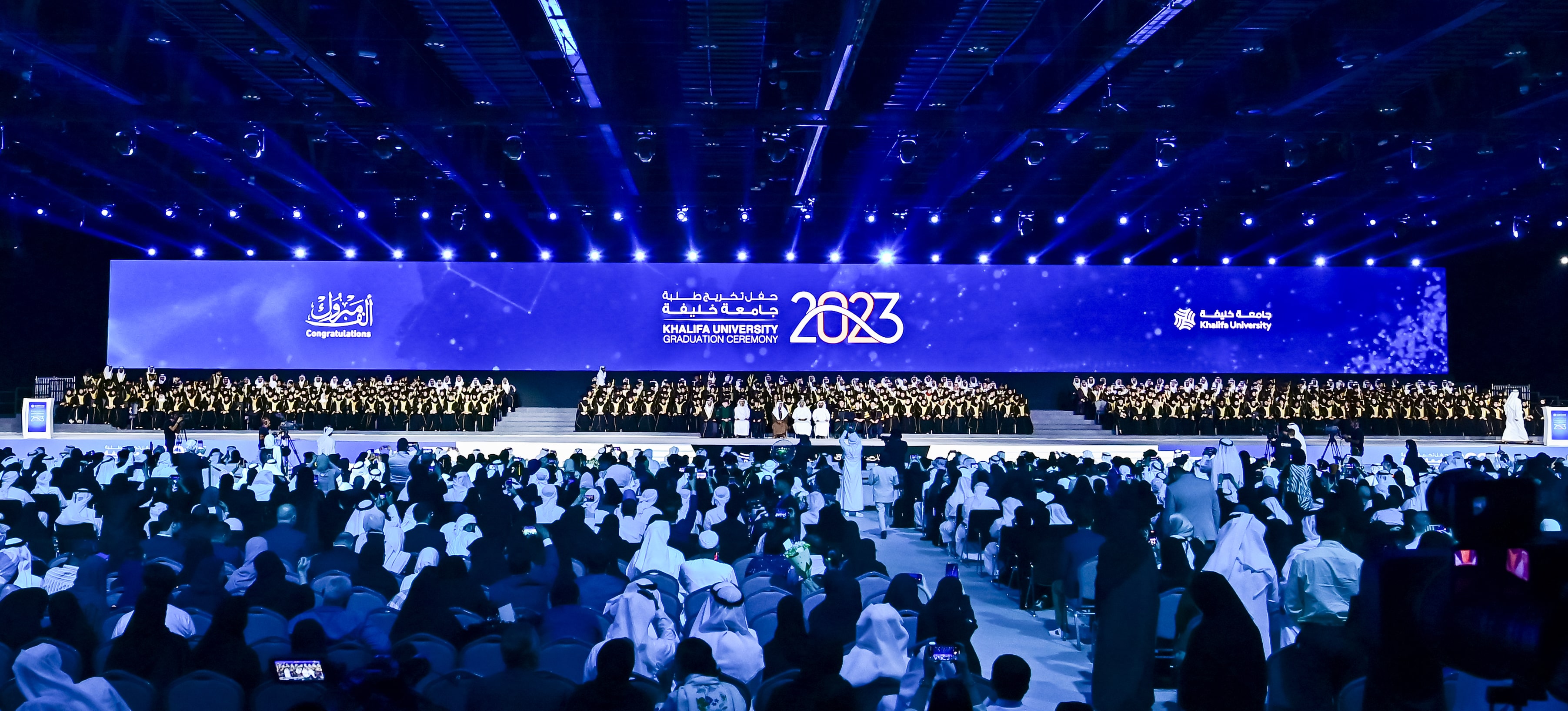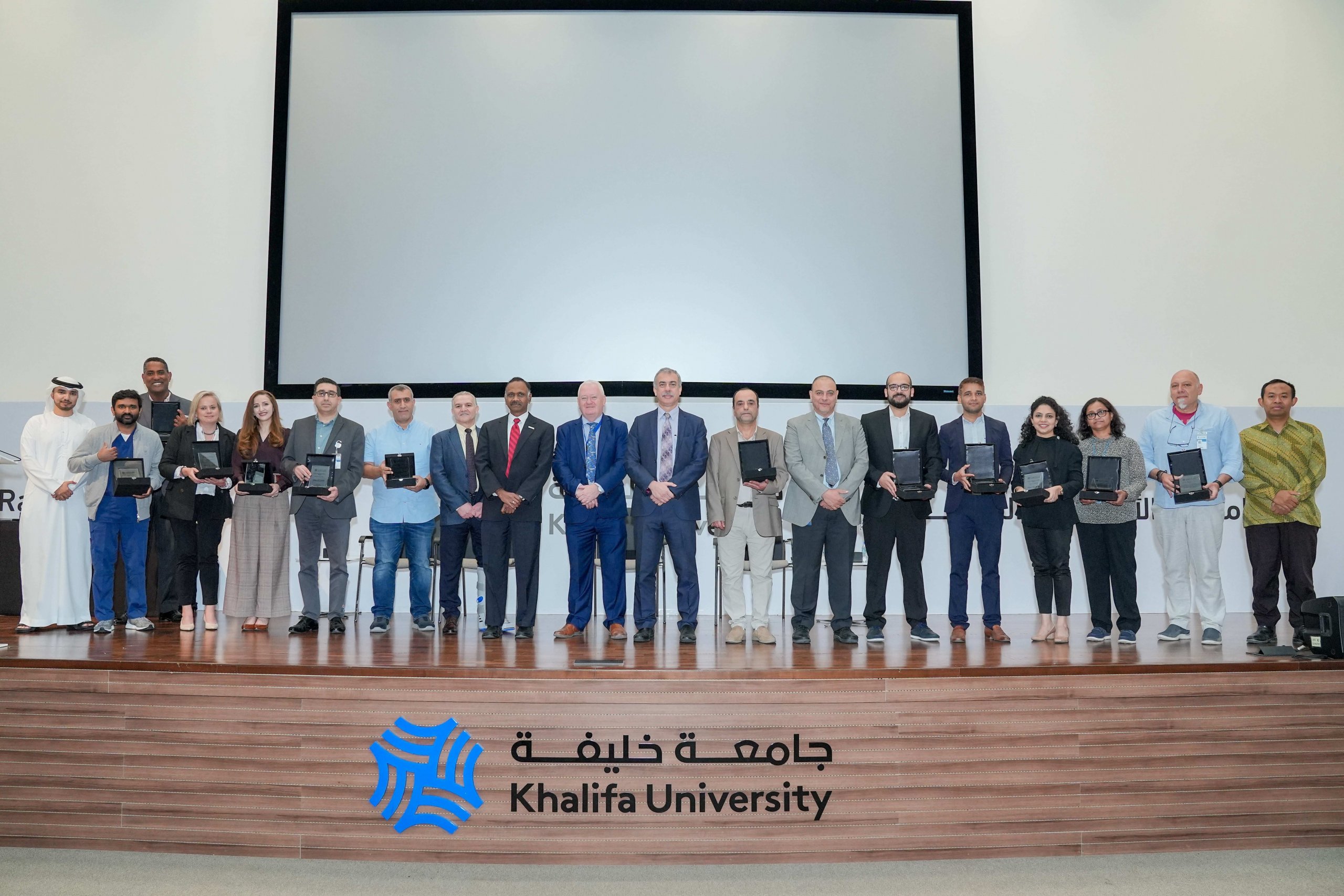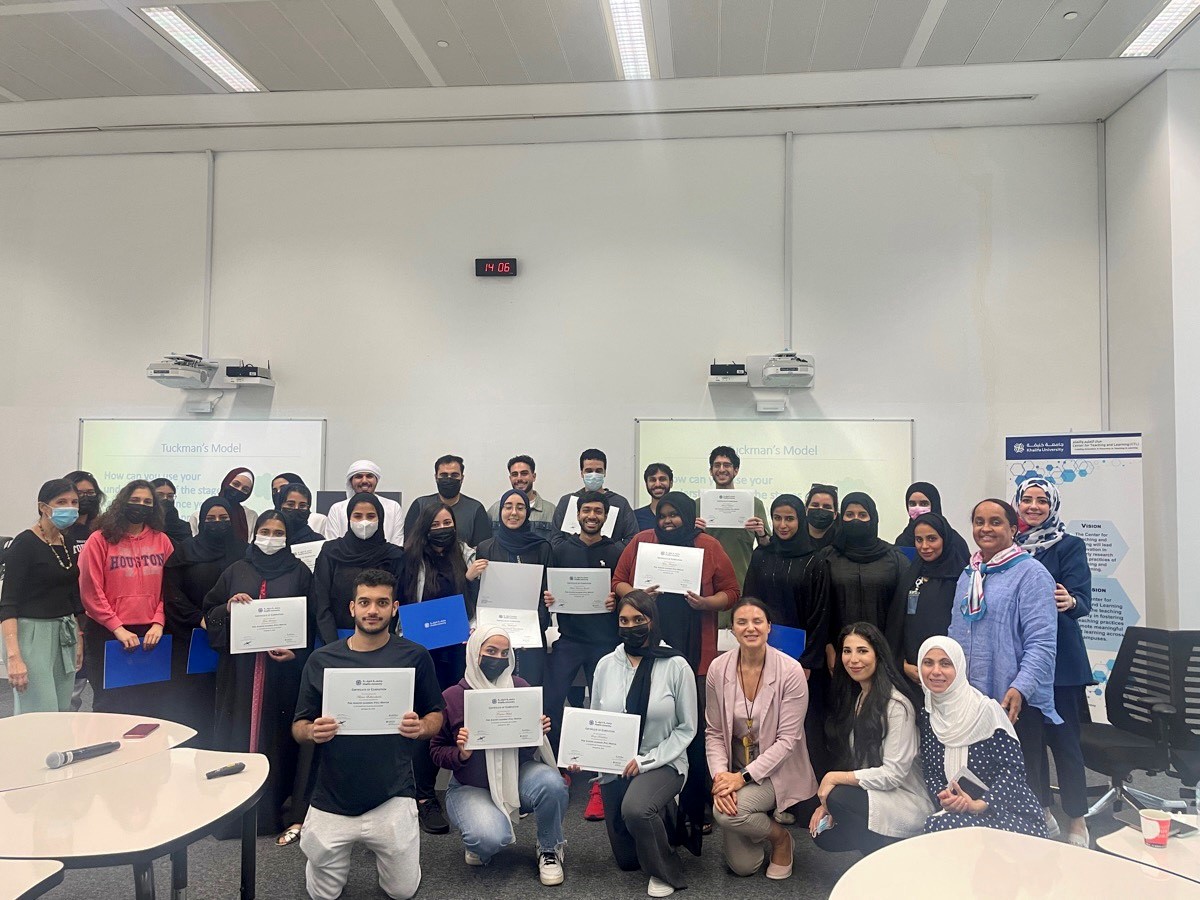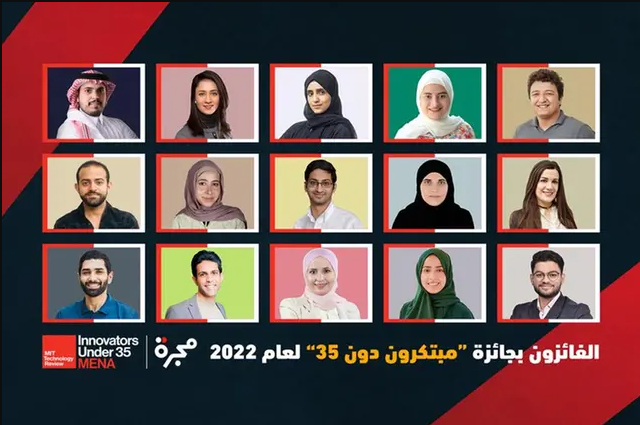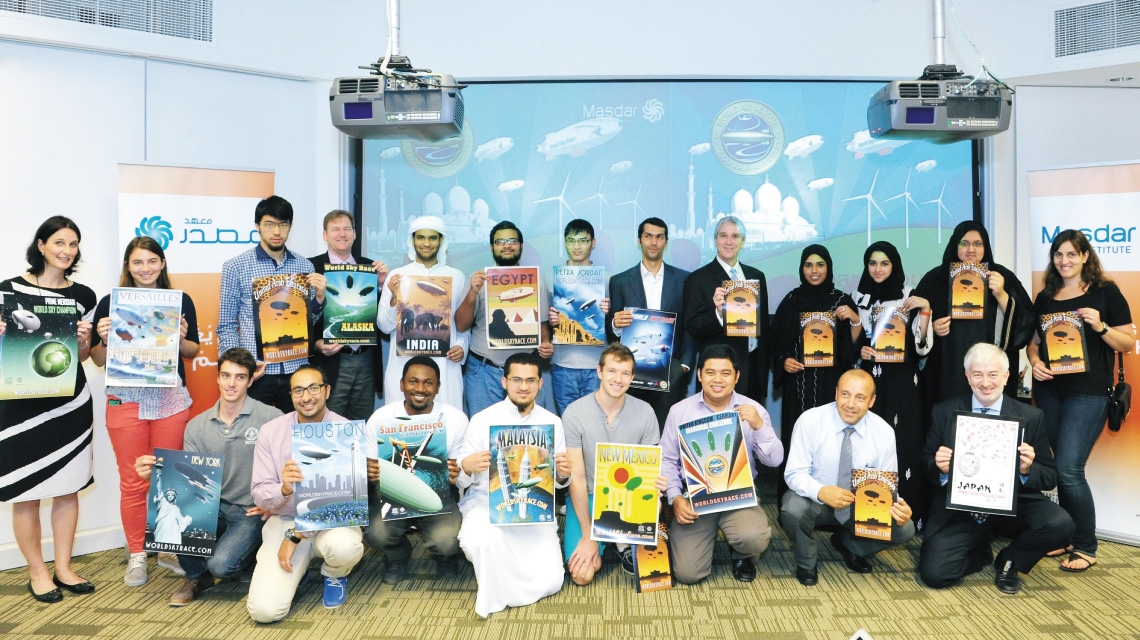
Abu Dhabi-UAE: 29 May, 2014 – Adoption of lighter-than-air (LTA) transport systems will have a massive transformational impact on humanity as they can bring benefits through 85% reduced fuel consumption with virtually no expenditure on building additional infrastructure facilities, said Don R. Hartsell, Commissioner and Managing Director, World Air League, and a sustainable lifestyle proponent.
Speaking at a lecture organized at the Masdar Institute of Science and Technology auditorium, Hartsell pointed out that LTA systems represent one of the most proven sustainable technology solutions for managing an important aspect of global commerce – the efficient transportation grid. The lecture was attended by a large number of students, faculty members, enthusiasts in environmental technology and green industry stakeholders.
An overview of the proposed inaugural World Sky Race®, which is planned in December 2016 as a historic competition of lighter-than-air ships racing 30,000-plus miles, was also offered by Hartsell. The event includes 18 back-to-back races that span the globe, with the winner to be crowned the World Sky Champion.
Hartsell said: “The intersection of advances in composites, manufacturing, engineering safety, helium production, avionics and weather forecasting are providing an opportunity to redefine the deployment of LTA as a sustainable means for an alternative future for this century. It would immensely benefit humanity if such sustainable practices could be adopted.”
Airplanes expend 90% of their energy for take-off and 10% for movement, while airships use their entire energy for movement, said Hartsell, and added that airships also require 85% less fuel. Therefore, airships offer significant cost advantages including reduction in capital investment, operational and maintenance costs, and related environmental loss.
Hartsell added: “Hybrid developments, advancements in construction and manufacturing technologies along with the use of helium gas, — a safe, non-reactive, non-explosive, and a non-greenhouse element — should bring airships to the fore for wider use. Currently being wasted at production sites, the right investment could boost helium supplies and bring about a change in modern transportation methods.”
After giving his talk, Hartsell received a memento from Dr. Fred Moavenzadeh, President, Masdar Institute, commemorate his visit to the sustainable campus.
Earlier, Hartsell was received by Dr. Mohamed Sassi, Interim Dean of Faculty, Masdar Institute, Dr. Steve Griffiths, Executive Director, Institute’s Initiatives, and Dr. Sgouris Sgouridis, Head of the Institute Center for Smart and Sustainable Systems (iSmart) and Associate Professor, Engineering Systems and Management and other faculty and staff members. He was then taken on a tour of the campus.
Hartsell commended Masdar Institute for undertaking various cutting edge research projects related to aviation and aircraft composite material technologies. He also praised the UAE leaders for their amazing contribution towards creating a sustainable and clean future and hoped that the Masdar Institute’s human capital development would create a pool of talented future innovators to tackle humanity’s challenges in energy and climate change.



